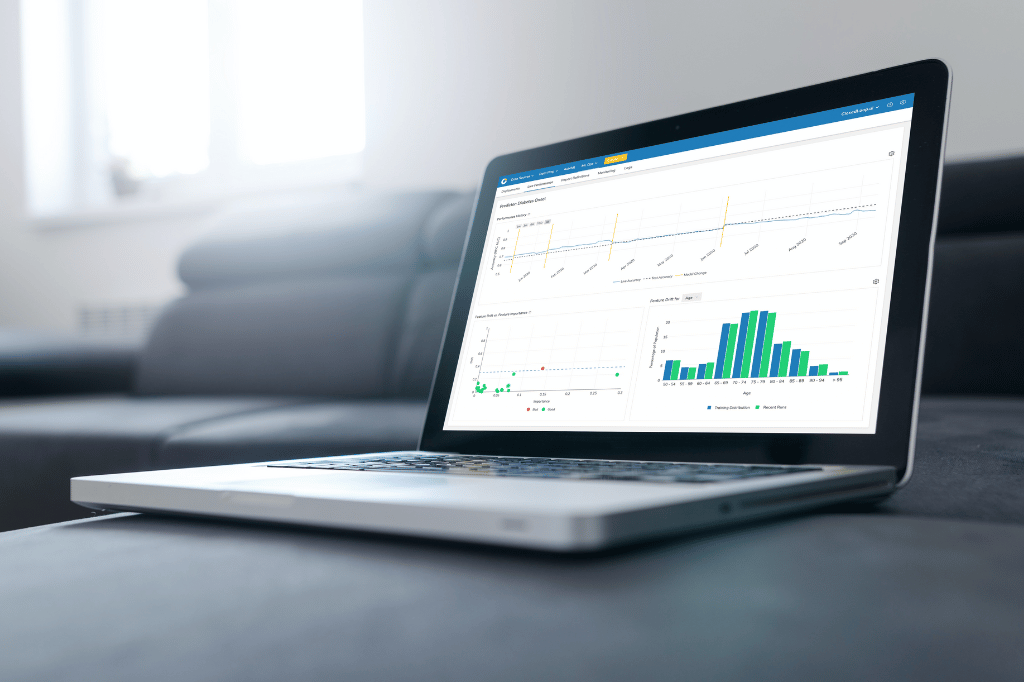Predict | Readmissions
Predict readmission risk and improve transition planning.

Annually, adults experience 4.2 million hospital readmissions, and among Medicare beneficiaries, one in six are readmitted within 30 days. They are enormously expensive, costing CMS $26 billion, commercial payers $8.1 billion, and Medicaid beneficiaries $7.6 billion each year. CMS also penalizes hospitals for excessive Medicare readmissions—and penalized 2,583 hospitals $564 million in 2019.

BUILT FOR HEALTHCARE
Ingest, normalize, and blend data
from dozens of health data sources.
Electronic Health Records
Unstructured Clinical Notes
e-Prescribing Data
Vital Signs
Remote Monitoring Data
Medical Claims
Rx Claims
ADT Records
Lab Test Results
Social Needs Assessments
Social Determinants of Health
Operations & Services
Risk of being readmitted to the hospital in the next 30 days

Patient ID
Gender
Age
Risk Score Percentile
991234087
Male
71
98
Impact on risk
Contributing factor
Value
Admissions for CHF (1M)
1
Decrease in Medication Adherence (12M)
75% to 50%
# of Changes in Medication Regimen at Discharge
3
Levels of Caregiver Support
Low
AI INFORMS ACTION
Pinpoint high-risk individuals and surface actionable risk factors.
ClosedLoop generates explainable predictions using thousands of auto-generated, clinically relevant contributing factors.
Enhance
Enhance pre-discharge evaluation of care needs and provide appropriate supports
Promote
Promote continuity of care and ensure outpatient follow-up with PCP and specialists
Educate
Educate patients on chronic disease self-management and improve medication adherence
EXPLORE MORE USE CASES










